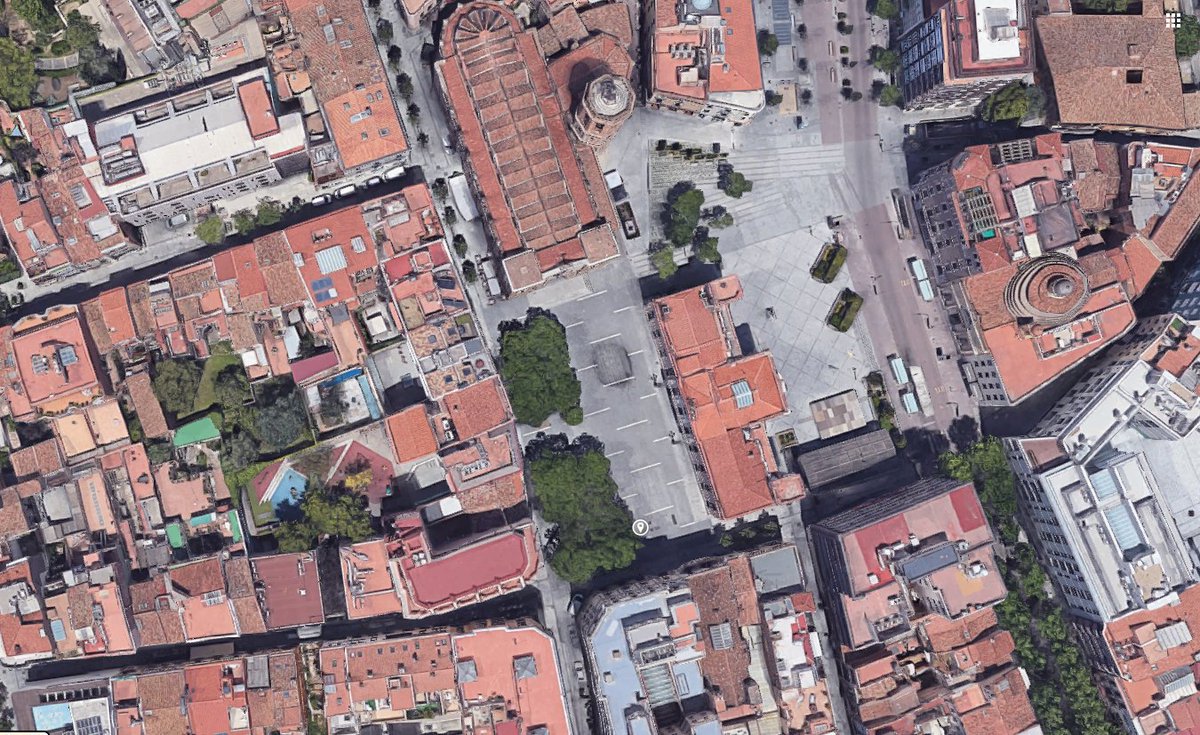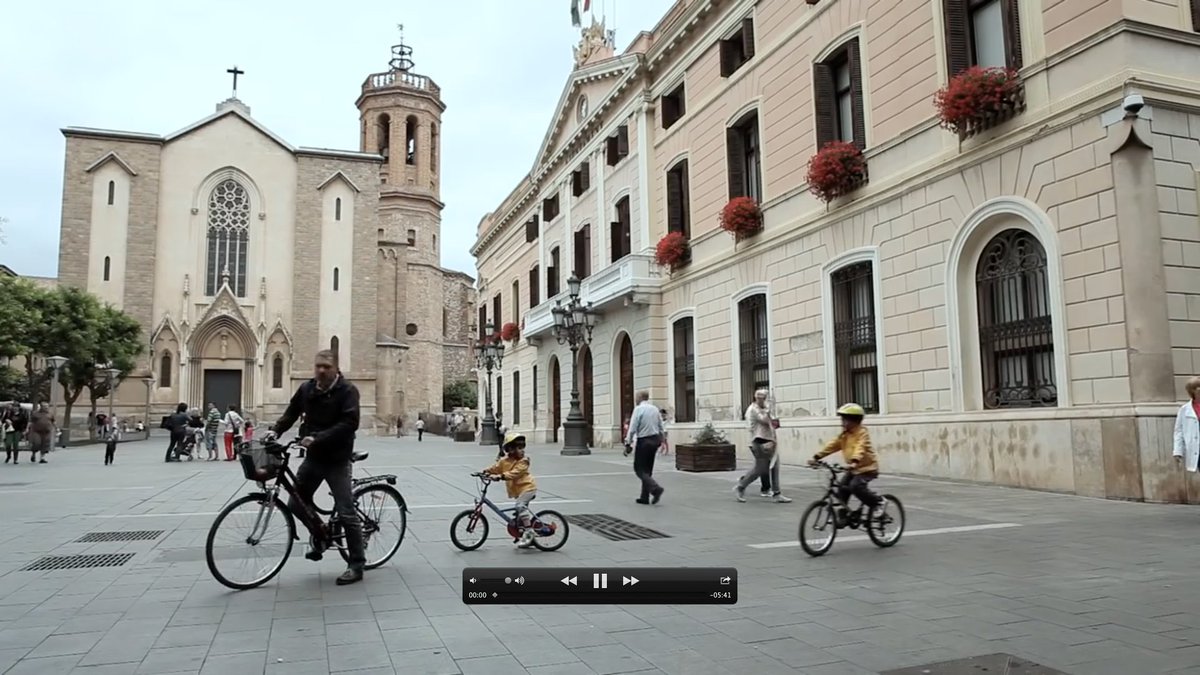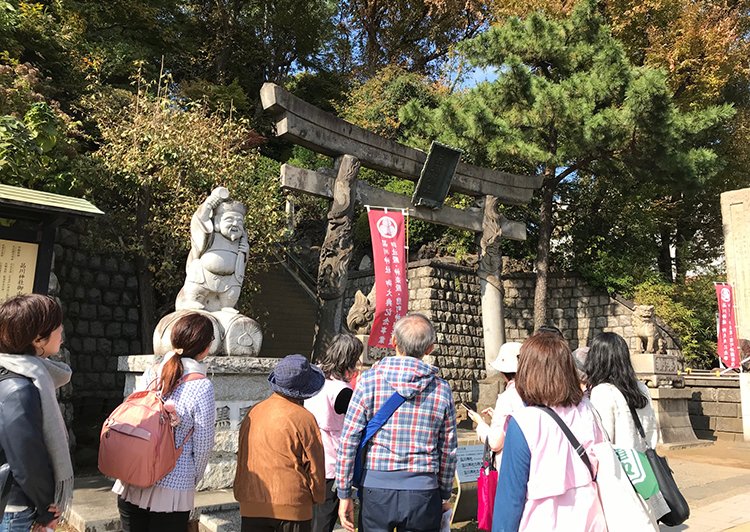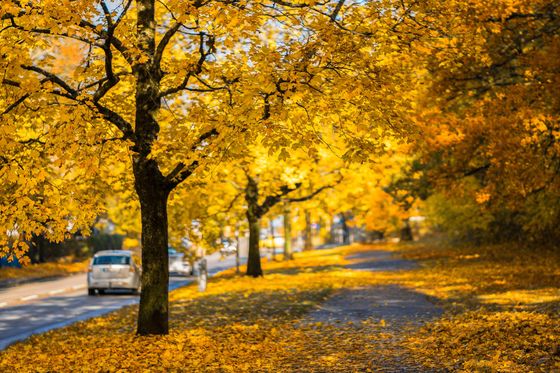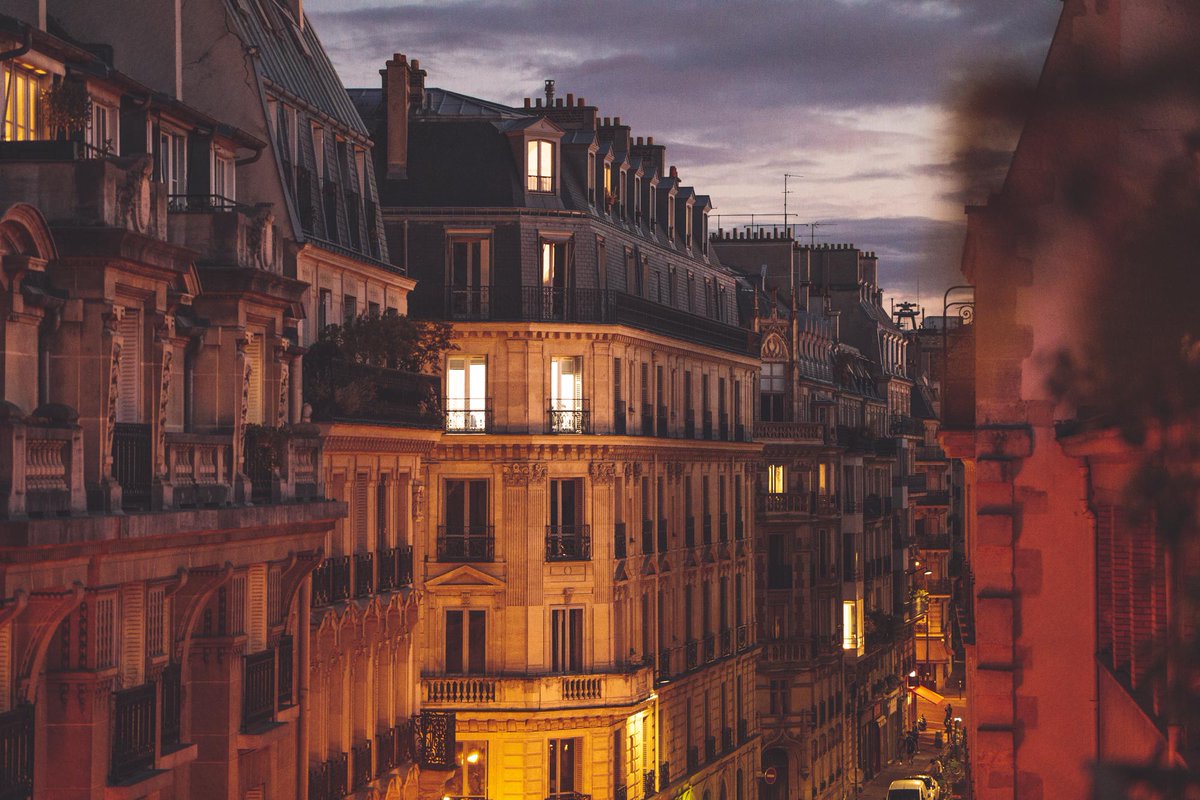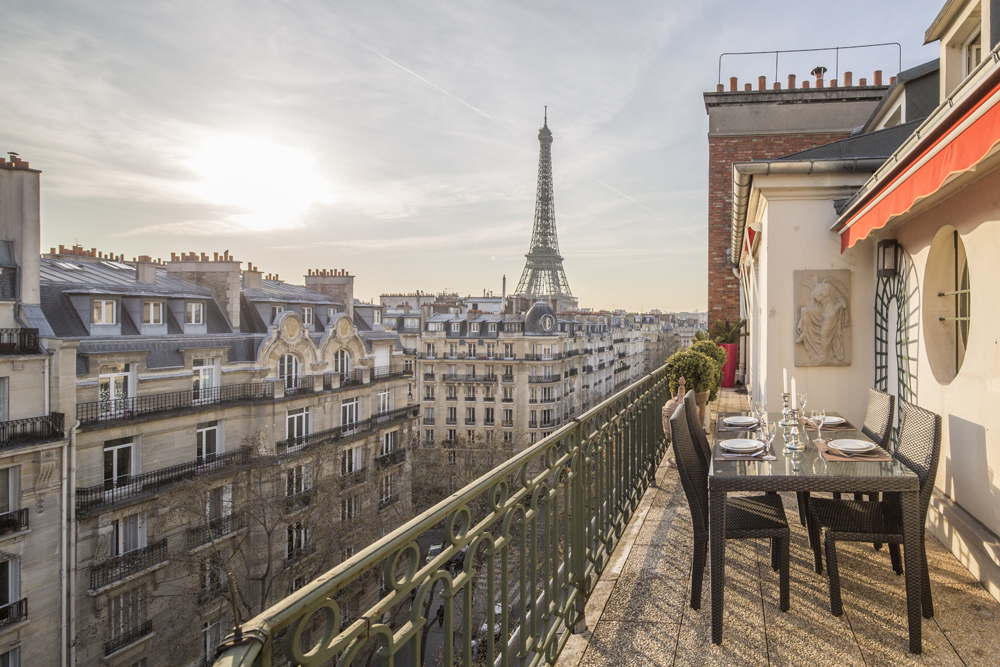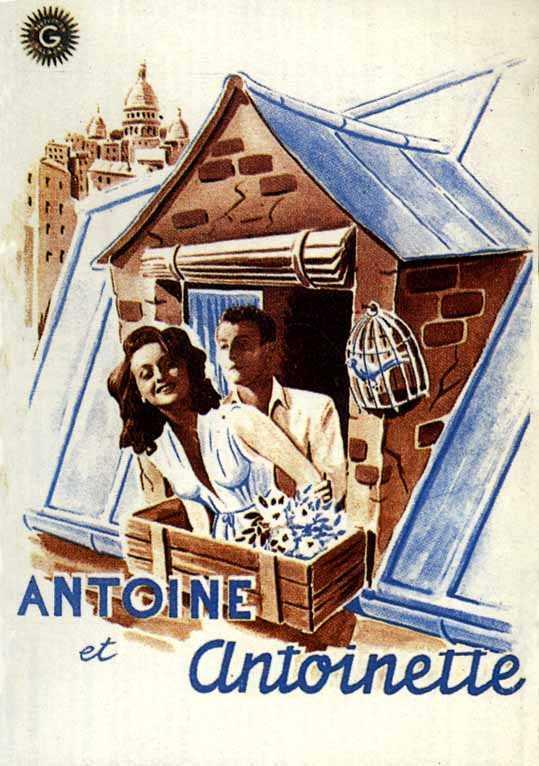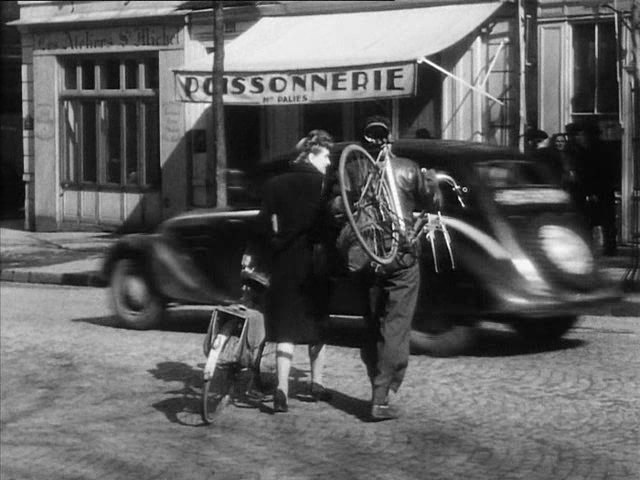
Bamboos flower extremely rarely, some species only once every 120 years. According to folklore bamboo flowering is a serious harbinger for misfortune & trouble. Starting in 2018 until now many of these rare bloomers flowered all over Japan. We are bad at reading omens. #Hindsight 

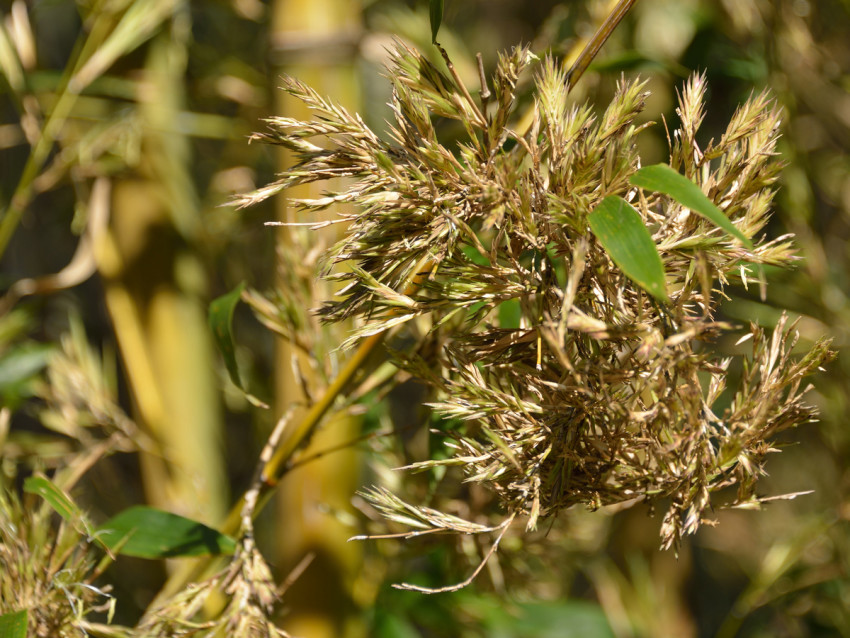
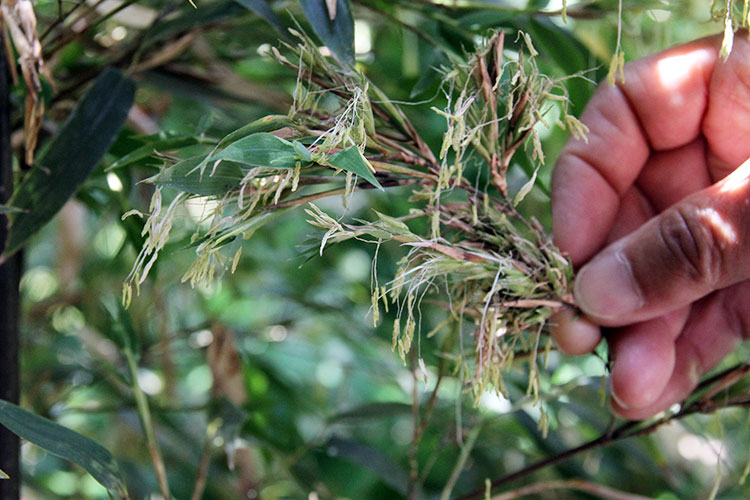
I was thinking about how many of these news reports of flowering bamboos I have seen over the last year or so, and on a family hike yesterday we walked past tens of thousands of dead or dying bamboos. More than I can ever recall seeing. 2020 indeed. news.nicovideo.jp/watch/nw7076187
After writing this @jayotibanerjee kindly offered an explanation of why the flowering (and following mass-die off) of bamboo was always considered a bad omen in Asia: when bamboo flowers, it releases highly nutritious seeds, which becomes abundant seed for rodents, leading to...
...a rodent explosion who are forced to feed (now that the bamboo is dead and drying) on nearby crops, food storages, etc. This naturally leads to famine which leads to an increase in diseases, and ultimately, death. What is worse, the now dead and dry stands of old bamboo...
...becomes potent fuel for wildfires, which easily spreads to valuable forest, farms or villages and can blanket large regions in smoke, hurting both humans and livestock. Ergo: when the bamboo flowers, you'd better prepare for the worst in the coming few months or years.
A real life example: in Japan during the period of 1962-1966 the economically important bamboo species "madake" flowered, and one third of all madake in Japan died. The mass die off was the beginning of the end of the Japanese domestic bamboo industry: today it is a mere 1/10th.
The next madake die off in Japan will be around the year 2090. There is a theory that all madake in Japan are genetically identical, which leads to this species being especially vulnerable to flowering, unlike other species, where flowering occurs in only in small local areas. 
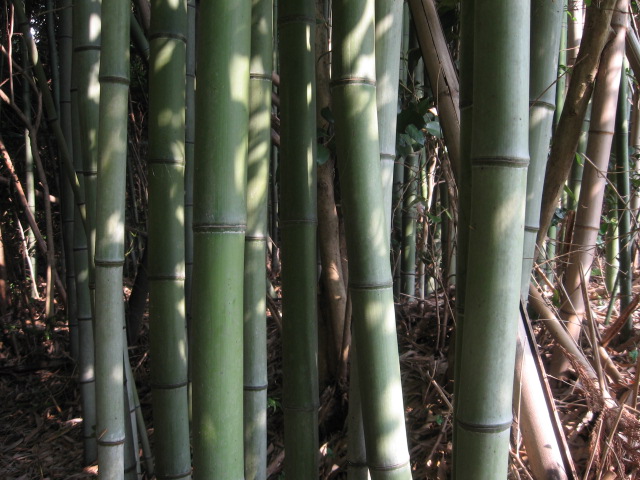
However, @jayotibanerjee will (rightly!) scold me if I don't add this post scriptum: bamboo is an amazingly versatile and useful plant. Today mass flowering does not need to lead to national or even local disaster, if properly foreseen and responded to. 

• • •
Missing some Tweet in this thread? You can try to
force a refresh






